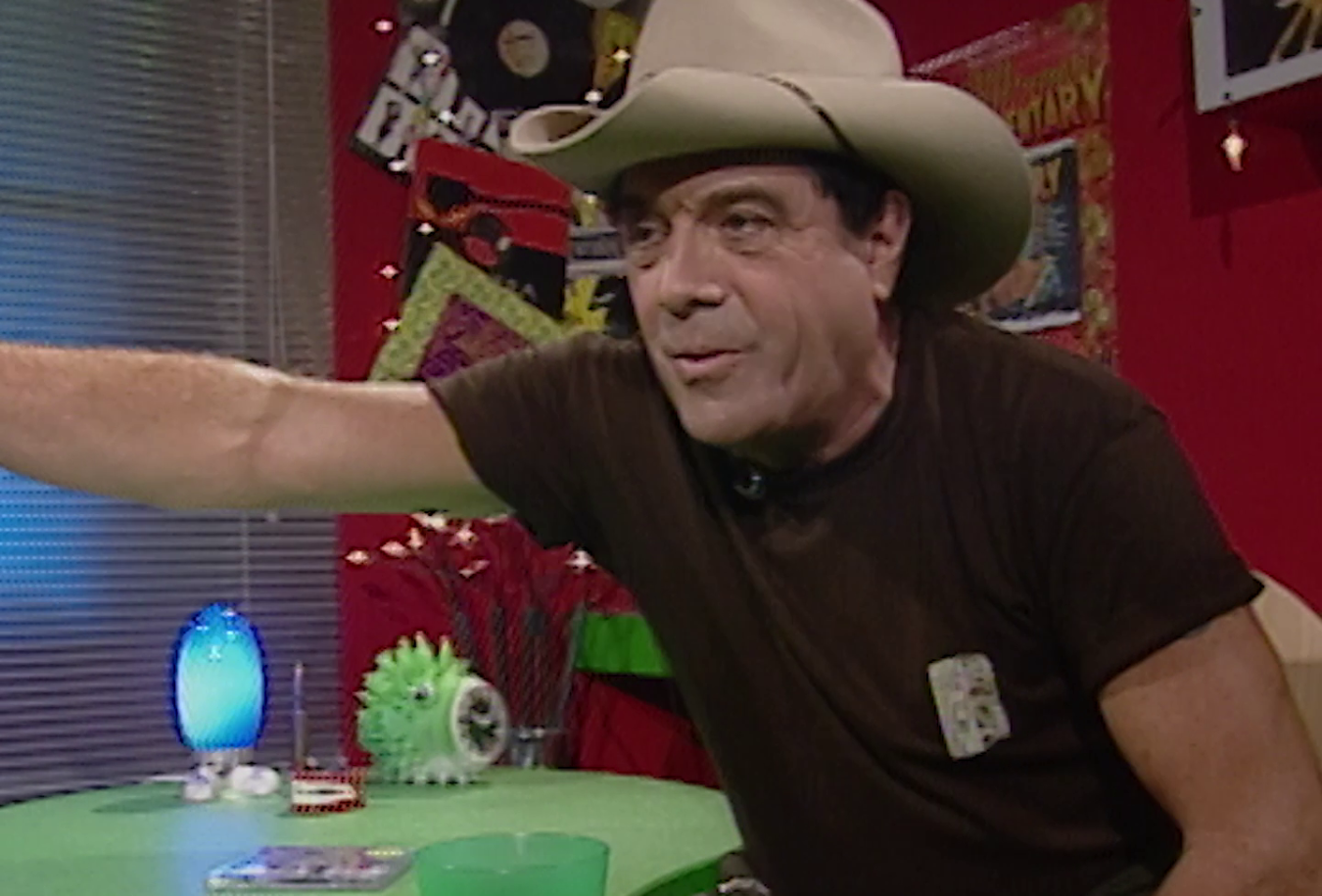
Gogodala: A Cultural Revival?
In the lowlands of western Papua New Guinea (PNG), the Gogodala people once carved intricate ceremonial artworks – expressions of a rich cultural heritage that nearly died out under the influence of Christian missionaries. But in the 1970s, a determined effort at revival began.
Australian filmmaker Chris Owen arrived in PNG in 1973 and was well placed to capture the cultural moment. A Gogodala Cultural Centre opened in 1974. In Owen's documentary Gogodala: A Cultural Revival? (1983), Gainama Mulake – credited onscreen simply as 'university student' – speaks with quiet conviction about the centre’s role. His words underscore its deeper purpose: not commodification, but cultural continuity. Owen’s lens is empathetic but also observational as he captures the extraordinarily intricate and colourfully decorated artwork that is so long it requires five men to carry.
As the resident filmmaker at the Institute of Papua New Guinea Studies from 1976 to 2010, Owen spent 35 years documenting PNG's cultures and mentoring local filmmakers. Owen also co-directed PNG’s first narrative feature film, Tukana – Husat I Asua (1982), alongside Albert Toro. Digitally restored by the NFSA and Spectrum Films, Tukana has been gifted to PNG’s National Film Institute to mark 50 years of independence in 2025.
The National Film and Sound Archive of Australia acknowledges Australia’s Aboriginal and Torres Strait Islander peoples as the Traditional Custodians of the land on which we work and live and gives respect to their Elders both past and present.


